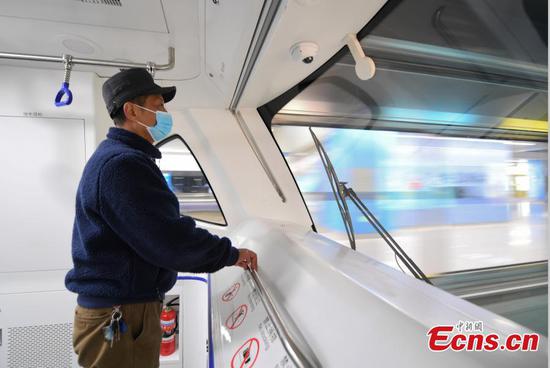Beijing made a breakthrough in its air pollution treatment as the city reached the national air quality standard, local authorities said Tuesday.
The city's average concentration of PM2.5 was 33 micrograms per cubic meter in 2021, the lowest level since records began in 2013, Yu Jianhua, deputy director of the Beijing municipal ecology and environment bureau, told a press briefing.
The PM2.5 reading is a gauge monitoring airborne particles of 2.5 microns or less in diameter, which can penetrate deep into people's lungs.
The metropolis also saw its average ozone concentration decreasing to 149 micrograms per cubic meter in 2021, marking the first time the readings for PM2.5 and ozone of the city reached the level-II national standard simultaneously.
The average concentrations of PM10, nitrogen dioxide, and sulfur dioxide in Beijing were respectively 55, 26, and 3 micrograms per cubic meter last year, said Yu.
The city saw 288 days of good air quality last year, up by 112 days from 2013, and only eight days of heavy air pollution.


















































 京公网安备 11010202009201号
京公网安备 11010202009201号